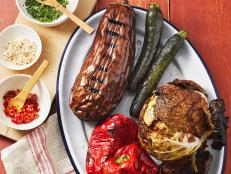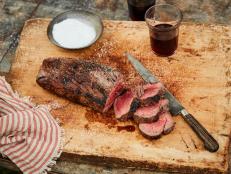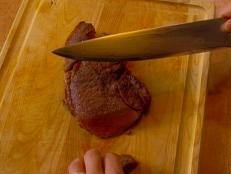How to Make an Easy Grilling Marinade With Whatever You Have
Most marinades are made with the same building blocks. Once you learn what these components are, you can plug-and-play with whatever ingredients you have.

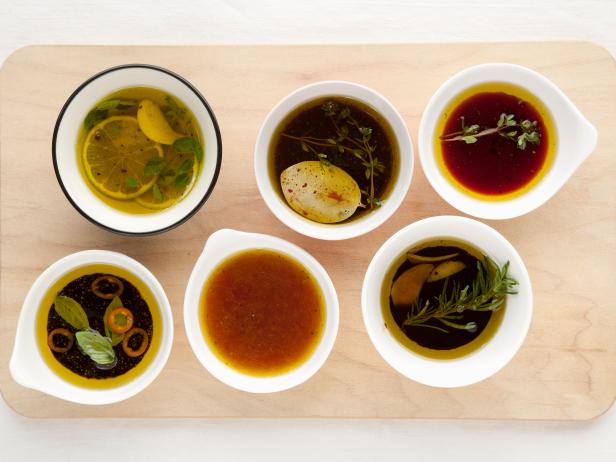
Claudia Uribe/Getty Images
I love using marinades when I grill. I think of marinades like I think of sauces: not completely necessary, but they take a dish from good to great. Not only do marinades infuse flavor, but also they tenderize and add moisture. I use marinades for thin cuts of meat like pork chops, flank steak, skirt steak or cutlets. Likewise, they work well on bite-sized foods like shellfish, sliced vegetables or mushrooms. These bites have a large surface area for their volume, so the marinade can easily penetrate throughout.
The basic components in marinades are fats, acids, aromatics, salt, seasonings, sugars and sometimes enzymes or alcohol. I’ve explained each component below. Once you understand how each building block works in a marinade, the combinations you can make are endless — and you can pull from ingredients you already have in your pantry.

Tetra Images/Getty Images
Fats
Fats are a vehicle for flavor. They help transfer the flavor of fat-soluble ingredients)( like fresh herbs and dried spices) to the food you’re marinating. Fats like sesame oil also add their own distinct flavor. Additionally, the fat in a marinade helps coat the ingredients, allowing flavor to adhere to a surface. Let’s turn to Bobby Flay’s Curry Grilled Shrimp for an example of this science at work. In this dish, coconut milk transfers its own flavor, plus that of fat-soluble red curry paste to the shrimp. Here’s a list of the different types of fat you could use in your marinade:
- Olive oil
- Vegetable oil
- Nut oils
- Sesame oil
- Clarified butter
- Buttermilk
- Coconut milk
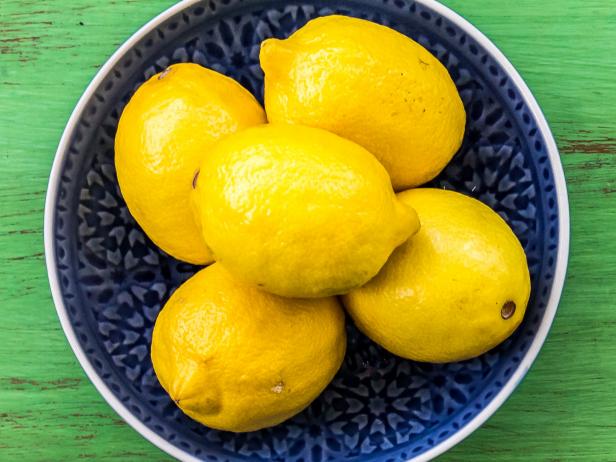
Lynda Disher / EyeEm/Getty Images
Acids
Acids sometimes partner with fat in marinades. When using the two together, I use 3 parts fat to 1 part acid. Even though this is my guideline, I also taste as I mix to balance accordingly. Acid brightens and imparts flavor in a marinade. It also helps tenderize protein a little bit. This is why I use smaller cuts when trying to tenderize. Additionally, there are marinades where acid is used without fat. A good example of an acid-based marinade is that in the recipe Al Pastor Marinated Pork from Minneapolis-based restaurant Andale Taqueria Y Mercado. In this dish, acid is the vehicle that transfers flavors, and it also to helps tenderize the pork shoulder. Acids used in marinades include:
- Vinegars
- Citrus juices
- Yogurt
- Tomatoes
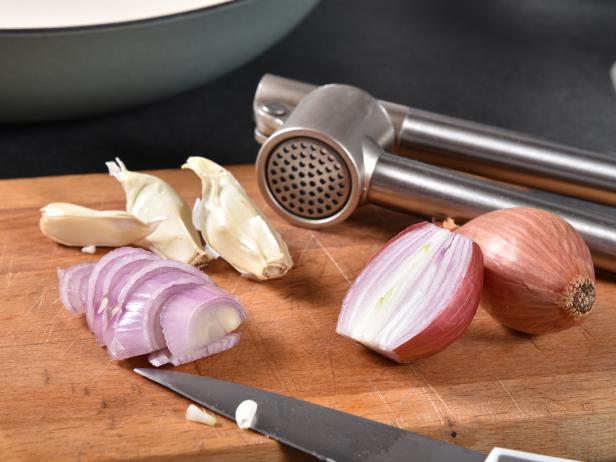
MSPhotographic/Getty Images
Aromatics
Aromatics add backbone and a flavor profile to the food being marinated. They play a supporting role that helps to broaden flavor and gives balance. The Garlic and Herb Marinated Steak is a clear example of how aromatics work together to create a fresh flavor profile. Parsley on its own in a marinade might not do much, but here there are three types of herbs adding nuance — parsley, mint and thyme — plus garlic, scallions and lemon zest, which all play off one another. Aromatics used in marinades include:
- Onions
- Garlic
- Shallots
- Scallions
- Fresh ginger
- Lemongrass
- Fresh bay leaves
- Fresh herbs
- Chilies
- Citrus zest
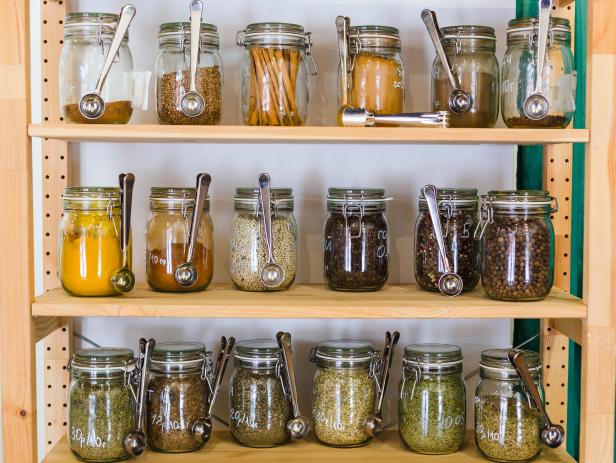
Angelina Zinovieva/Getty Images
Seasonings
While some of the other building blocks we’ve discussed penetrate the food being marinated, seasonings add depth and flavor to food’s surface area. They’re important because the create the first flavor you taste when you take a bite. Chef Cheryl Smith’s Jerk Chicken recipe, for example, combines a variety of freshly toasted spices into its marinade to achieve extra flavor on the chicken skin. Seasonings used in marinades may include:
- Spices
- Curries
- Dried herbs
- Hot sauces
- Dried chilies
- Mustards
- Chili pastes
- Capers
- Pickles
- Olives
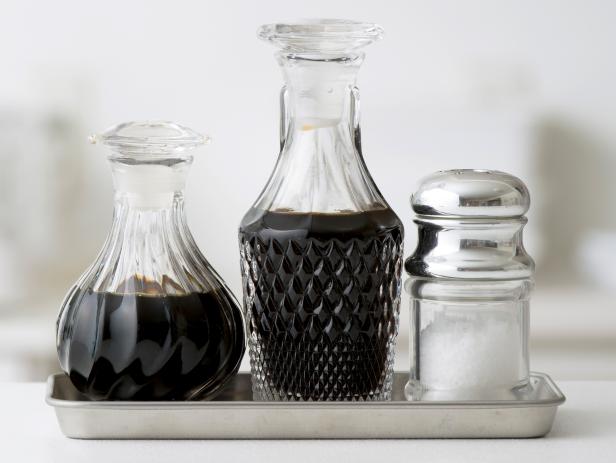
kazoka30/Getty Images
Salts
Salts season food while pulling water out in exchange for the flavors in a marinade. They also assist in tenderizing. A simple and classic example of this is Food Network Kitchen’s Soy-Marinated Flank Steaks. Soy sauce seasons the flank steak, while simultaneously tenderizing the tough cut. Salts used in marinades can include:
- Soy sauce
- Kosher salt
- Table salt
- Sea salt
- Smoked salt
- Miso
- Fish sauce
- Oyster sauce
- Worcestershire sauce
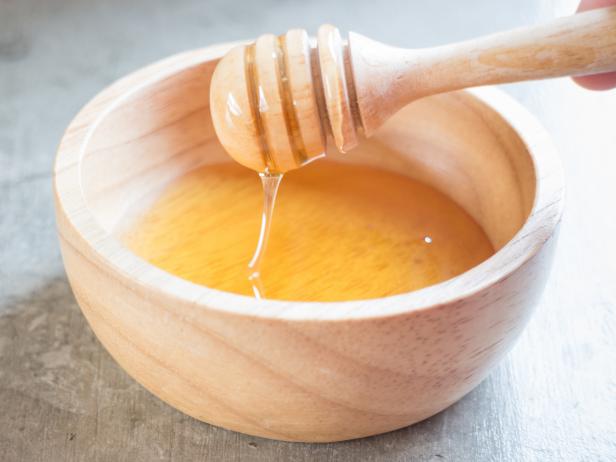
Nalinratana Phiyanalinmat / EyeEm/Getty Images
Sugars
Sugars obviously sweeten a marinade. Just like salt, they pull moisture out of the protein in exchange for the flavor in a marinade. Sugar works well with acid in this exchange; a good example is Sunny Anderson’s Grapefruit Grilled Chicken. Here, minimal ingredients — grapefruit juice, brown sugar, honey, olive oil and salt and pepper — go a long way in flavoring thinly sliced grilled chicken breast. Here are some sugars that can be used in marinades:
- Granulated sugar
- Brown sugar
- Coconut sugar
- Maple syrup
- Honey
- Fruit juices
- Sodas

vaiv/Getty Images
Enzymes
Enzymes break down the cellular structure of the food that’s marinating, tenderizing it. Take a look at chef Judiaann Woo’s recipe for Kalbi (Korean barbequed beef short ribs). Asian pear is used in the marinade with soy sauce, onion, garlic, sesame oil, pepper and green onions to tenderize the tough, thinly cut short ribs. Here are some enzyme-containing ingredients that are used in marinades:
- Asian pears
- Kiwis
- Pineapple
- Papaya
- Figs
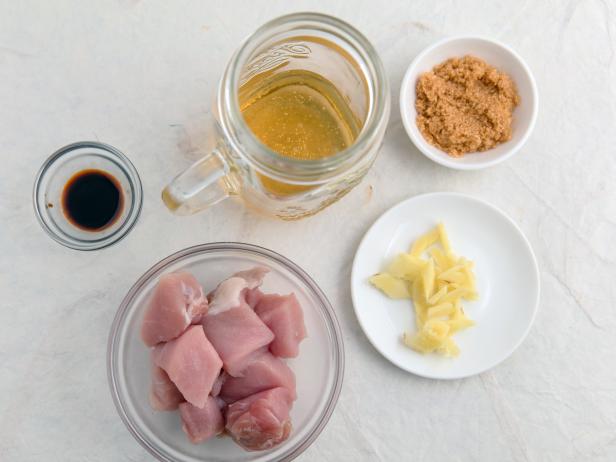
annick vanderschelden photography/Getty Images
Alcohol
Alcohol is another ingredient that carries flavor into the food that’s marinating. Unlike fat, however, alcohol carries flavors that are both fat- and water-soluble. All you need is a cup or so of wine or beer, or a tablespoon of the hard stuff to maximize flavor. Case in point? Bobby Flay’s recipe for Red Wine Marinated Flank Steak Filled with Prosciutto, Fontina and Basil with Cabernet-Shallot Reduction, which gains a lot of richness from its simple Cabernet, shallot and olive oil marinade. Other alcohol that can be used to marinate include:
- Beer
- Wine
- Hard Liquor
The recipes above are some great examples to get you started on trying out marinades, but the real fun comes with experimenting yourself. Like I say above, start with a three-to-one ratio of fat to acid, and then mix in some of your favorite flavorings to amp things up and help tenderize the food. The fun part is trying different combinations — and you'll be so satisfied when you land one something you truly love.
Related Links:




























